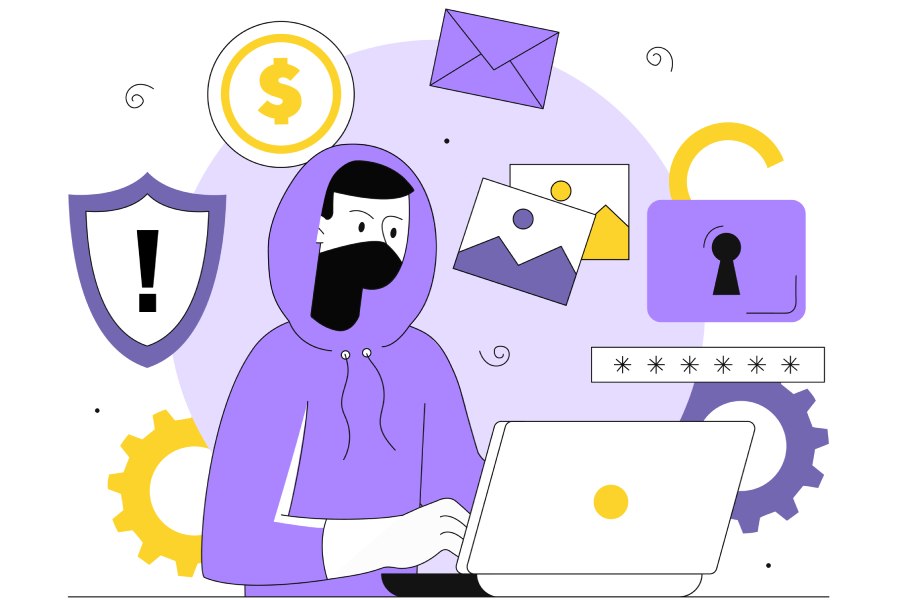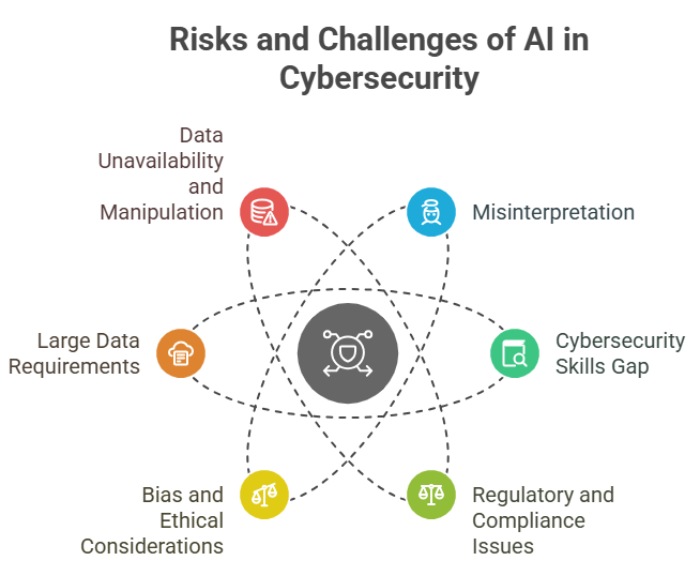[sonaar_audioplayer albums=”243040″ progress_bar_style=”default” wave_bar_width=”1″ wave_bar_gap=”1″ player_layout=”skin_boxed_tracklist” show_track_market=”true”][/sonaar_audioplayer]
Off lately, Microsoft has been bearing the brunt for its highly controversial AI-powered ‘Recall’ feature. Amid all the uproar and opposition, the tech giant has finally decided to revamp the criticized ‘Recall’ feature.
Let’s have a look at what went down in the past couple of days!
What’s So Wrong About Recall?
Recall has faced extreme backlash from privacy experts as well as commoners because of its ability to capture continuous screenshots and keep complete track of user activity. It can capture screenshots with sensitive details such as financial account numbers, usernames, and even passwords. The screenshots are then saved locally on the device itself.
As per Microsoft, the ultimate goal of Recall is to make it easy for users to locate previously viewed data on the same device. Also, during the initial launch, they claimed that users could decide which screenshots needed to be captured. Microsoft also says that the screenshots will be stored safely on the local hard disk of the same device. And the data will be thoroughly protected with data encryption.
Experts are also unhappy with the fact that Microsoft tested the ‘Recall’ feature secretively and did not go for an open, public test because of the potential cybersecurity threats.
The recent controversy has somehow forced Microsoft onto the backfoot. Now, the tech giant claims that they have launched the feature to gather user feedback.
Changes Made By Microsoft in ‘Recall’ Feature
Microsoft finally has made some significant changes to its ‘Recall’ feature amid the recent furor. First of all, the feature will no longer be a ‘default’ in the Copilot+ PCs. Rather, it will be changed to an ‘opt-in’ feature. Microsoft now claims that after the changes, users can easily opt out of the feature if they are unwilling to capture screenshots.
Another significant addition is the inclusion of Windows Hello biometric scanning which is a must for users to get started with Recall. The users will have to give proof of presence if they wish to go ahead and check the timeline or conduct searches.
Apart from this, to ensure further security, Microsoft will be encrypting the search index database. In case any user wishes to access the Recall snapshots, they will be able to decrypt the same only after proper user authentication.
Not only this, but Recall screenshots also stay protected because of an extra layer of protection in the form of Windows features like Defender and SmartScreen. These features leverage artificial intelligence to prevent malware from bypassing the Recall data.
Microsoft has sorted the storage issue as well and says that Recall screenshots will be saved on the local device only. None of the data will be shared with any third-party. Users also get a feature to filter, pause, or even delete the data that have been captured so far.
Even in enterprises and organizations where heavily managed work devices are used, IT administrators can disable the Recall feature.
Kevin Beaumont, one of the most harsh critics of Recall feature, is happy with the small but impactful changes made by Microsoft. Kevin believes that the opt-in feature is actually a blessing and will prevent a lot of security mishaps in the future.
Microsoft and Its Soft Corner for AI Integration
The tech giant is under tremendous pressure to blend artificial intelligence into its products because of its much-talked-about partnership with OpenAI (the maker of ChatGPT). The partnership resulted in a robust Wall Street capitalization worth $3 trillion. As a result, the Copilot+ PCs integrated with the default Recall feature can be seen as a move-under-pressure thing for Microsoft. Besides Recall, the tech giant is also offering enhanced photo editing, live translation, and transcription for audio and video backed by artificial intelligence.
Microsoft did not stop here. It further decided to go ahead and add a Copilot AI key to its standard Windows keyboards.
AI-Based Backlash and Furor
Microsoft is one of the many companies that had to backtrack because of their over-enthusiasm for AI integration into mainstream systems. Last month, Hollywood A-lister Scarlett Johansson accused OpenAI of creating a voice that sounds exactly like her own voice from a 2013 Sci-Fi movie. OpenAI had to apologize to the actress and take down the AI voice.
Google too, needed to intervene and scale back when its all-new ‘AI Overview’ feature suggested a user to add glue to their pizza sauce to further thicken its consistency. The feature also suggested a user to add rocks to their daily diet to maintain a healthy lifestyle.
Although this kind of AI mess ups are too hard to handle, yet companies and government agencies are eager to integrate AI into their services, products, and even into their phishing protection measures. Is AI the shiny object that brands are chasing mindlessly? Or is it a modern day tool to ease our lives? Only time will tell!



